| Membership | Price (+HST) |
|---|---|
| Single | $85/year |
| Single Plus | $120/year |
| Family | $130/year |
| Family Plus | $175/year |
| Contributing | $300/year |
| Supporting | $600/year |
| Sustaining | $1,000/year |
| Benefactor's Circle | $2,500/year |
| Director's Circle | $5,000/year |
| President's Circle | $10,000/year |
Boraginaceae Botanicals
By Jon Peter, Curator & Plant Records Manager, Royal Botanical Gardens
The borage or forget-me-not family (Boraginaceae) includes approximately 2,000 species of woody and herbaceous plants and has a world-wide distribution. From the Geiger trees (Cordia sebestena) of tropical America, to the fantastic Echium of Macaronesia, this family is broad, diverse, and beautiful. In southern Ontario gardens, the most familiar genera in Boraginaceae are Mertensia (bluebells), Pulmonaria (lungworts), Myosotis (forget-me-nots), and Brunnera (bugloss).
You may also be familiar with garden heliotrope (Heliotropium arborescens) which provides dazzling fragrances to our annual summer containers, borage (Borago officinalis) which is a great companion plant in our vegetable gardens, and the eastern waterleaf (Hydrophyllum virginianum) which is a native woodland perennial. Finally, you may also notice viper’s bugloss (Echium vulgare) and hound’s-tongue (Cynoglossum officinale) growing spontaneously along roadsides and disturbed areas.
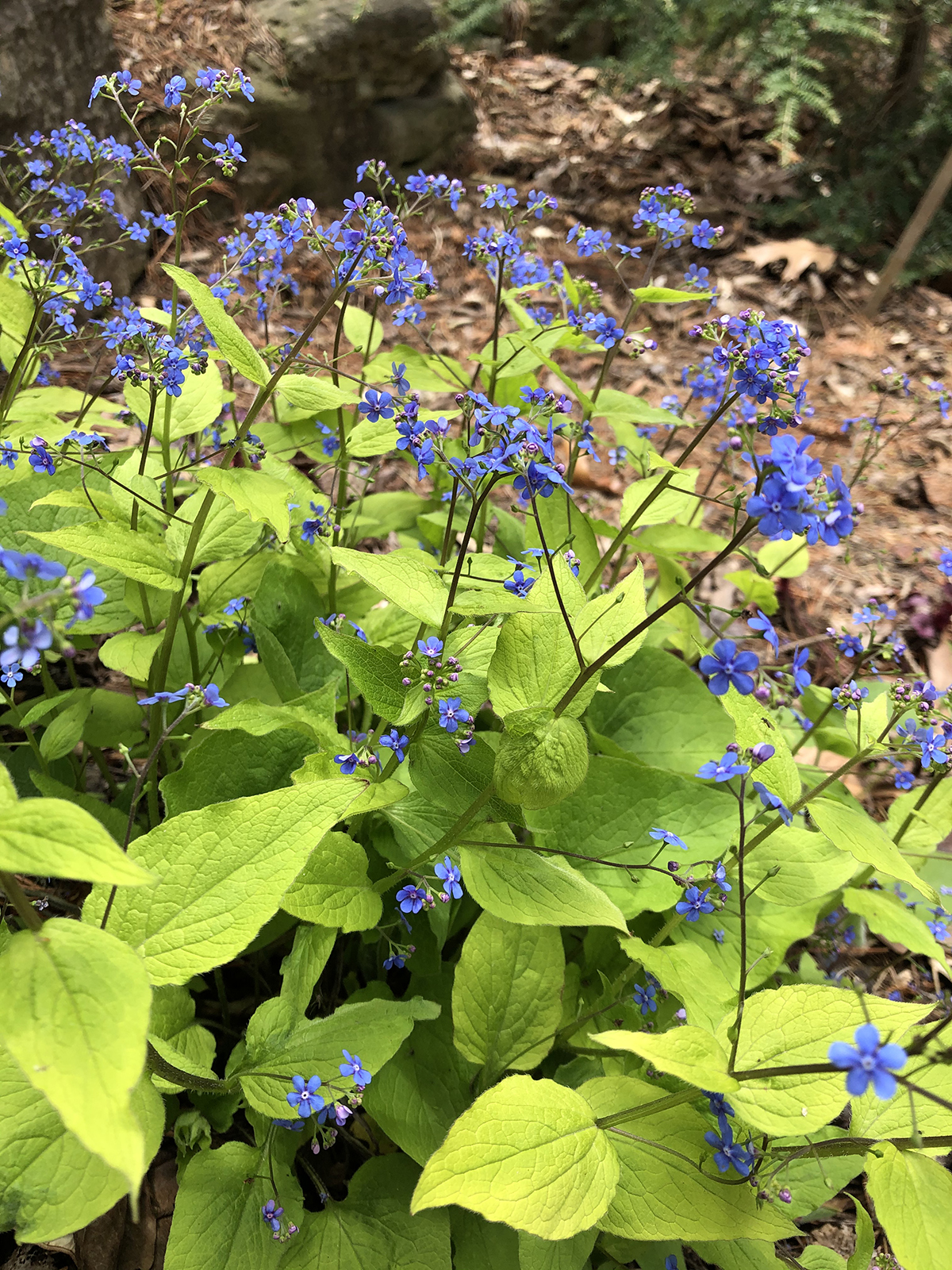
Typically, this family can be characterized as having alternately arranged, narrow or lance-shaped leaves and may be covered in coarse hairs which can cause skin irritations. Five-lobed, tubular flowers range from white to purple, often with multiple colours present at one time. Normally, the ornamental varieties are grown as much for their foliage traits as for their floral display.
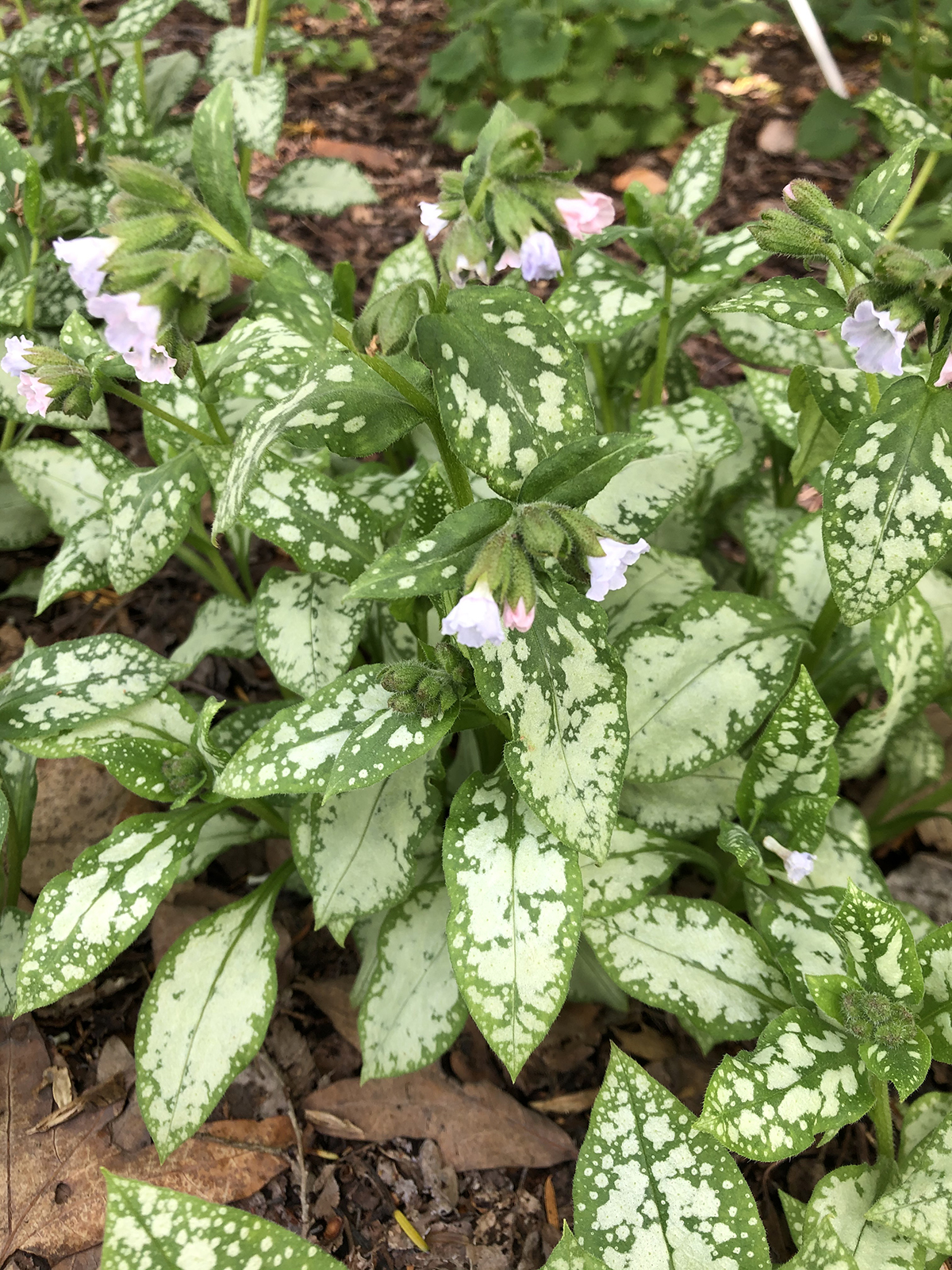
At RBG, we grow approximately 937 individual plants in the Boraginaceae family, with 53 accessions occurring across all gardens, except for the Arboretum. You will find family members flowering in the spring and summer in the perennial plantings at Rock Garden and Laking Garden, in the Mediterranean Garden at Main Centre, and within the Oak Allée at Hendrie Park. Represented in our collection is 8 genera, 16 species and 43 taxa (unique types).
These highly ornamental plants are generally well-behaved, will grow in a variety of site conditions, will tolerate drought once established, and are relatively low maintenance. They pair well as companion plants for our vegetable gardens and are aesthetically pleasing as complimentary plants in our sun loving and shade tolerant perennial gardens.
Join me in experiencing the diversity and beauty of the Boraginaceae with some images of these classic perennials growing within our beloved Royal Botanical Gardens.
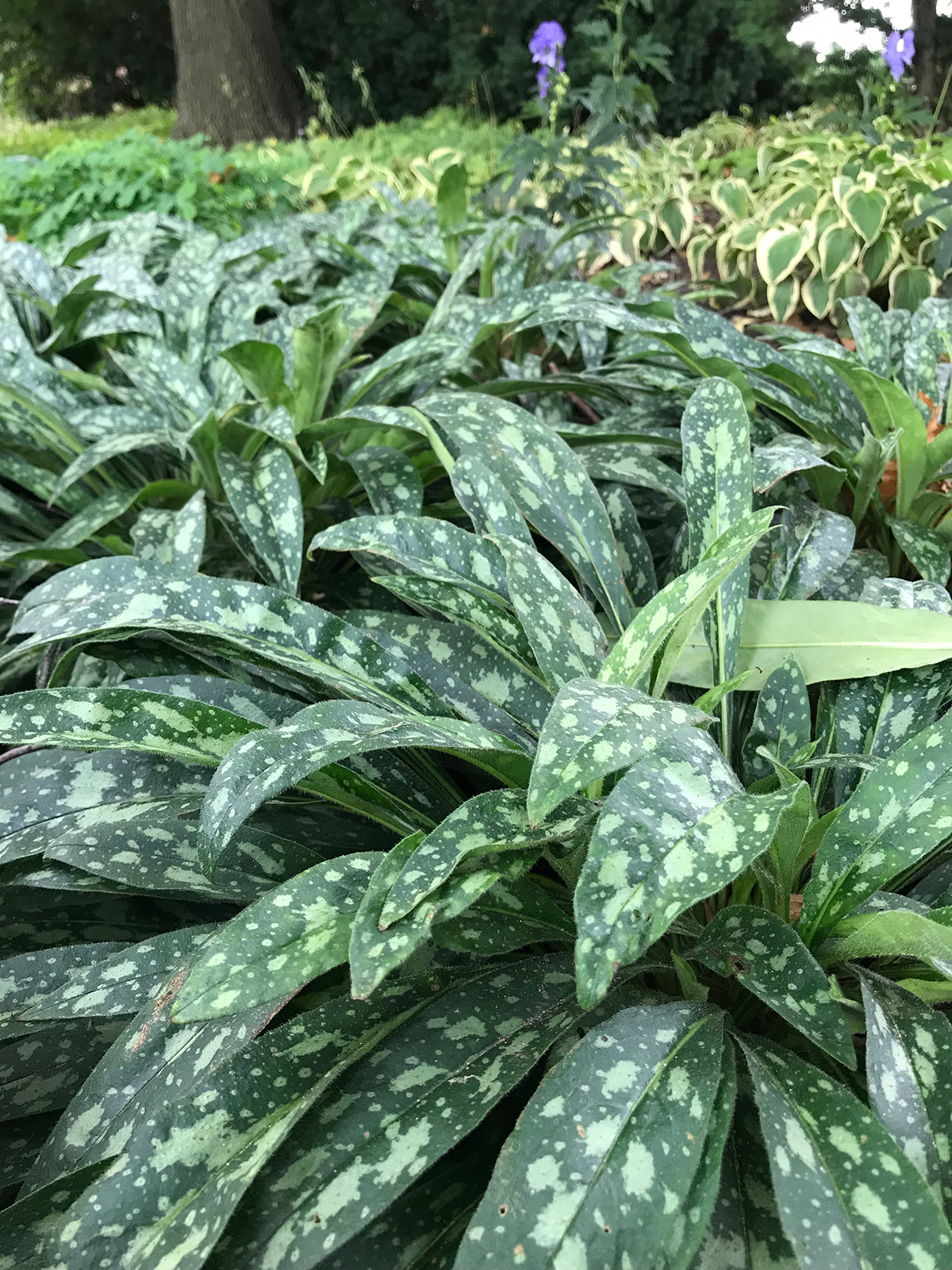
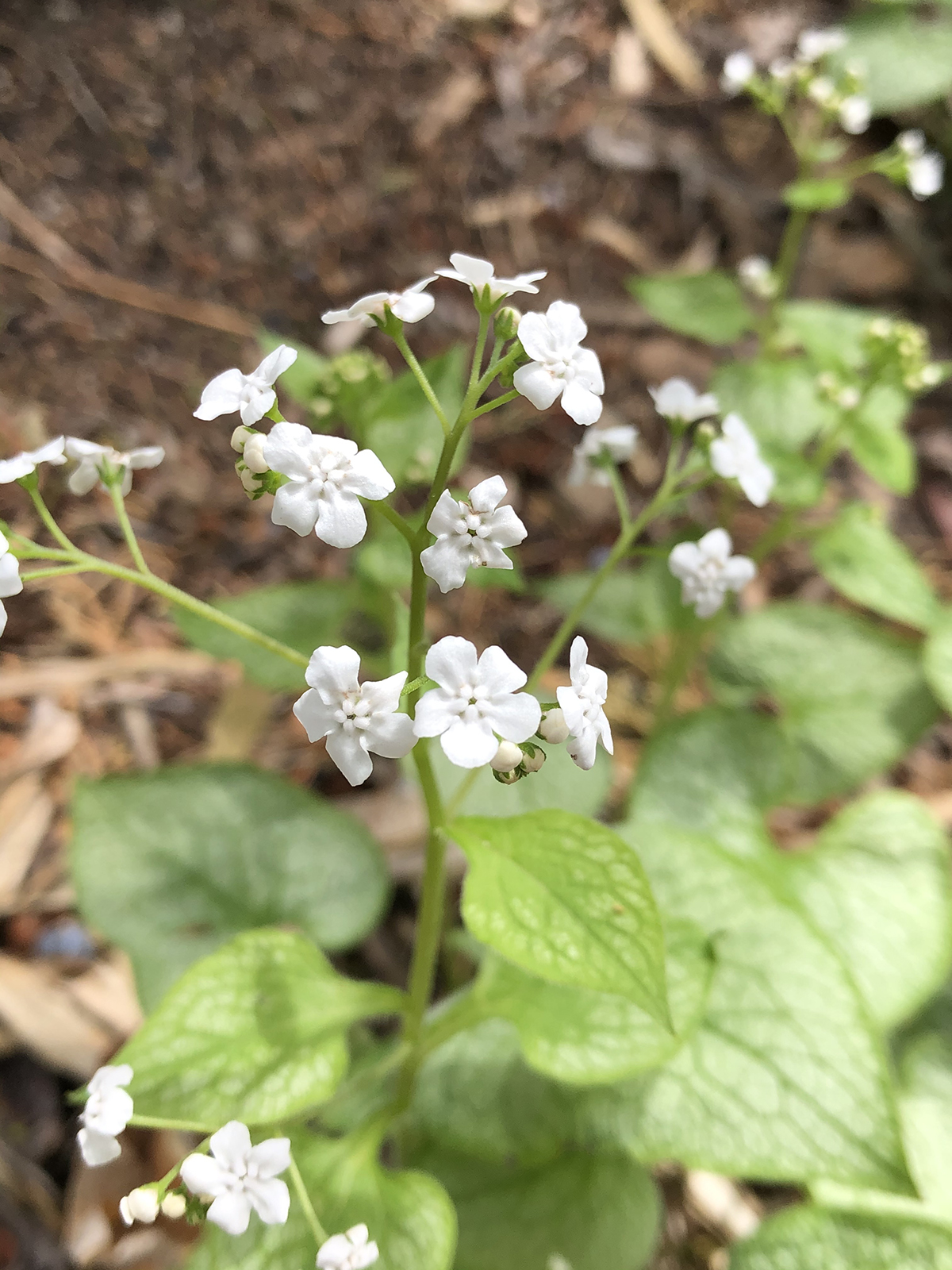
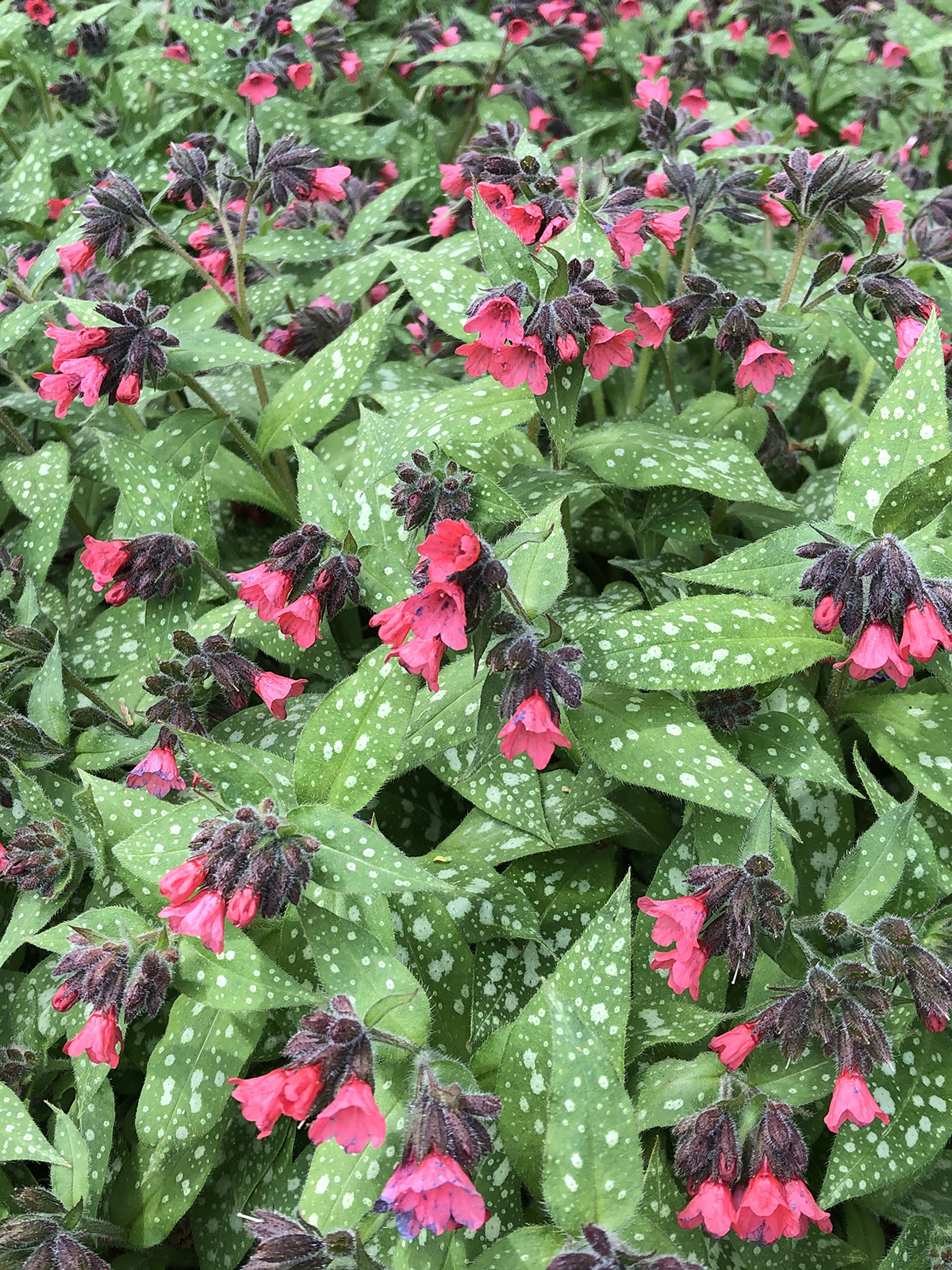
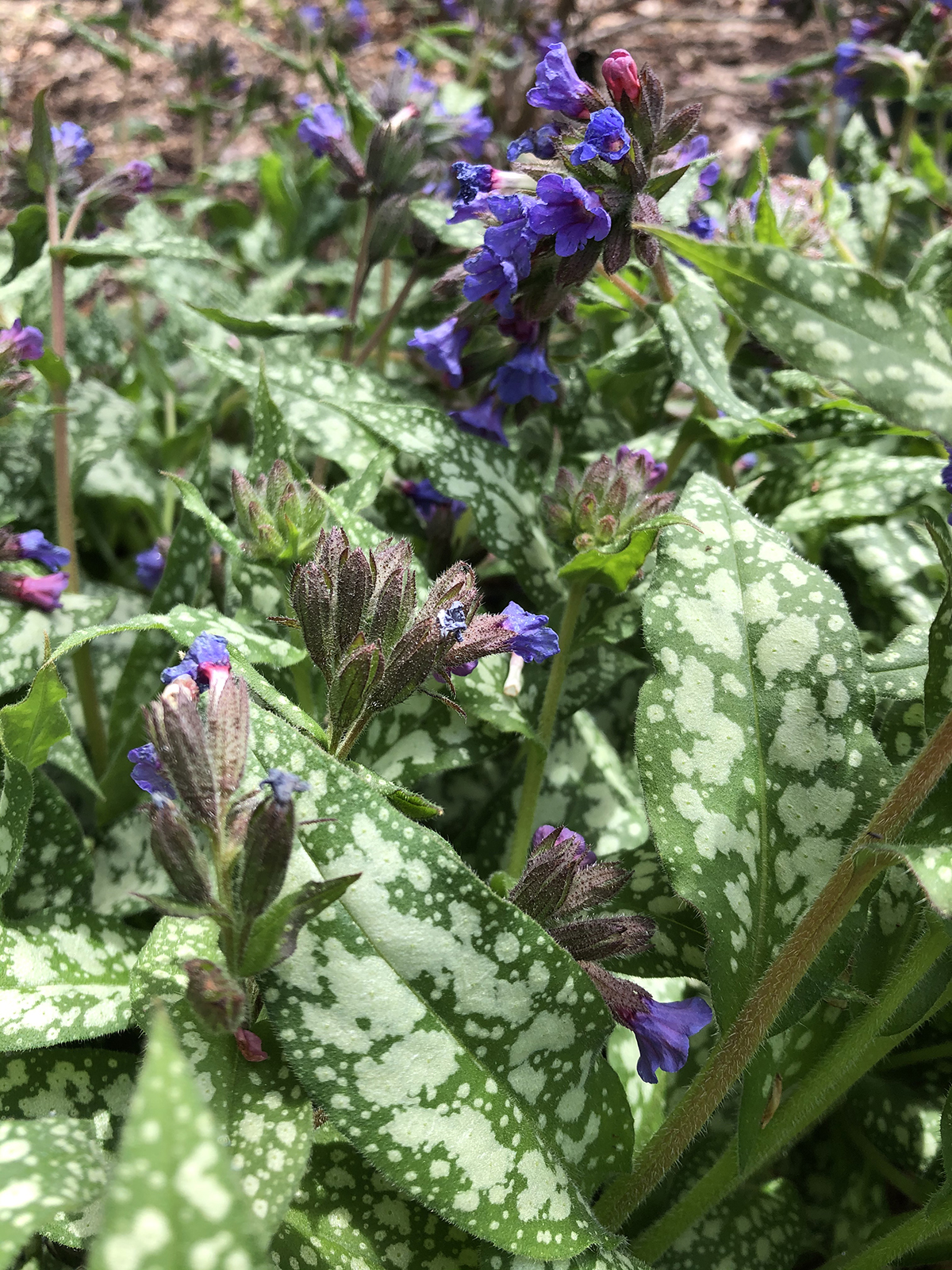

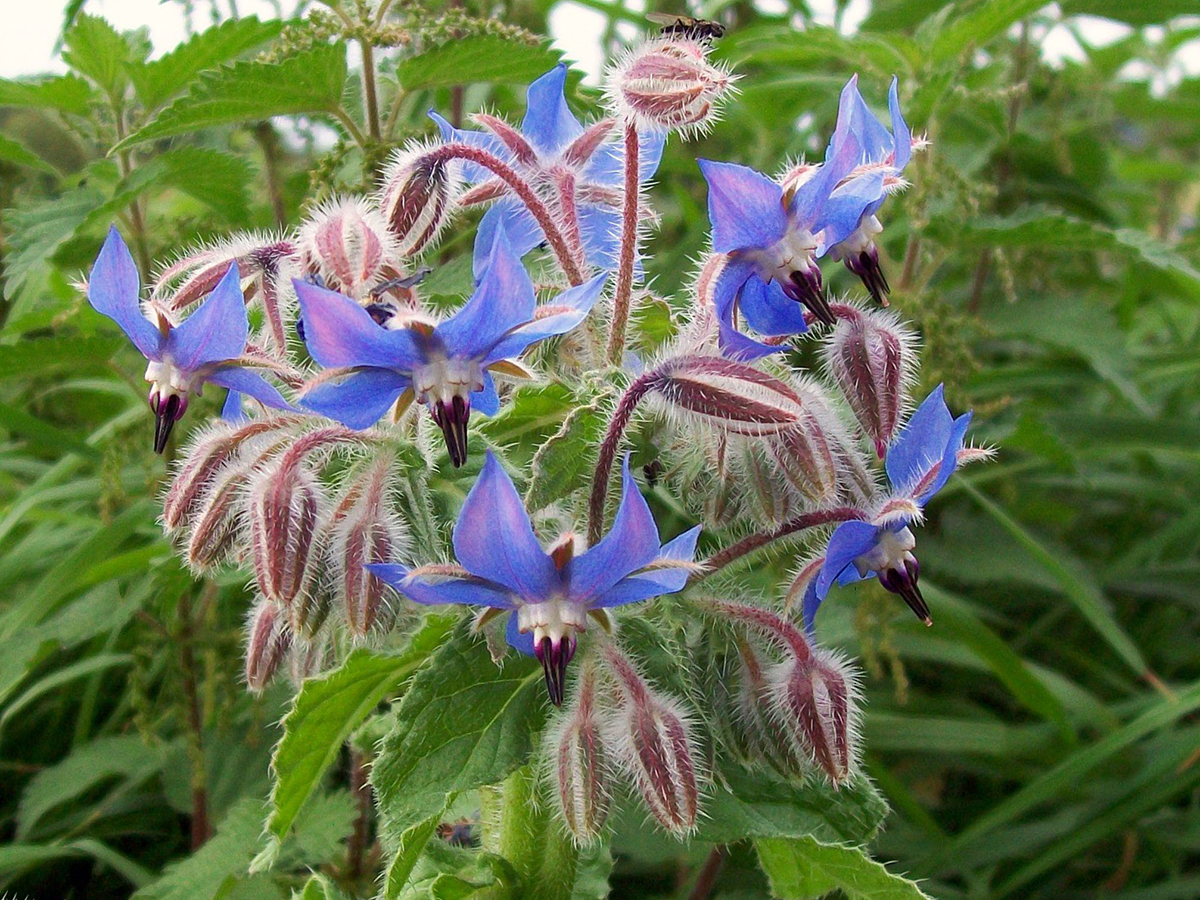
More from the RBG Blog
Check out RBG’s blog for announcements, articles, and more from Canada’s largest botanical garden.
Want to be sure you hear first? Sign up for our weekly e-newsletter to hear about upcoming events, weekend activities, articles, and more!












